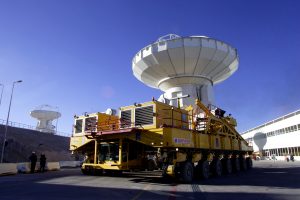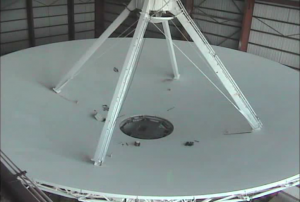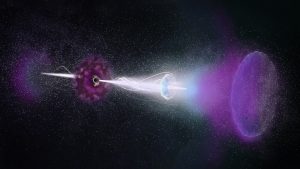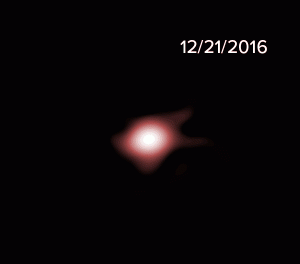VLASS is the highest resolution all-sky radio survey ever undertaken, critical for cross-matching radio emission to other wavelengths, and understanding the nature of radio galaxies previously detected in lower resolution surveys.


ngVLA: Together We See More
The Atacama Large Millimeter/submillimeter Array (ALMA) has shown us young star systems where planets are forming. The next-generation Very Large Array will go even deeper, observing Earth-size bodies in their youth. It will reveal how planets clear gaps in cold, dusty planetary disks. The ngVLA will also study how stellar winds clear primordial gas and dust from star systems.

ALMA and Otto
An ALMA antenna being moved at the Operations Support Facility (OSF) by Otto, one of the two specially designed transporters built to relocate the antennas as needed.

The EVLA Comes to Life
VLA antenna mechanics retrofitting one of the antennas with new and improved electronics

Enduring ‘Radio Rebound’ Powered by Jets from Gamma-Ray Burst
Artist animation of a star exploding into a supernova and fueling a gamma-ray burst. Astronomers caught the enduring “afterglow” of one of these cataclysmic explosions with both ALMA and the VLA for the first time. The rebound, or reverse shock, triggered by the GRB’s powerful jets slamming into surrounding debris, lasted thousands of times longer than expected, giving astronomers an unprecedented glimpse into the structure and dynamics of the jets.

ALMA Creates Its First-ever Movie of Cosmic Explosion
ALMA’s time-lapse movie showing the “afterglow” of a powerful gamma-ray burst. These images of the millimeter-wavelength light reveal details about the energy in the GRB’s jets.





